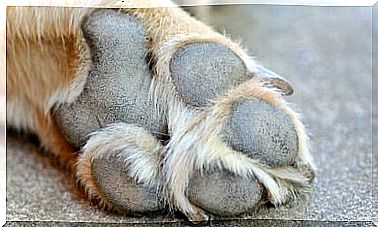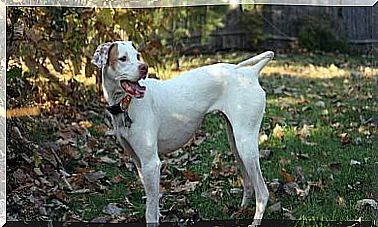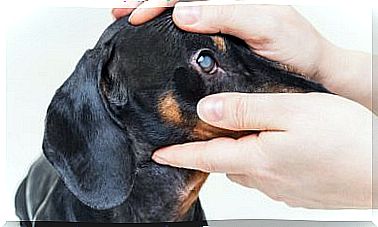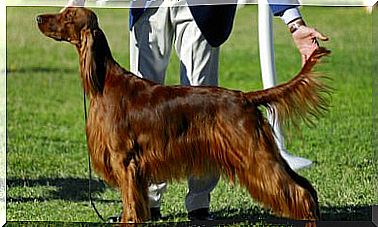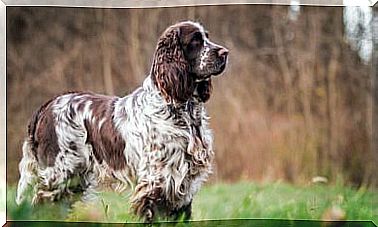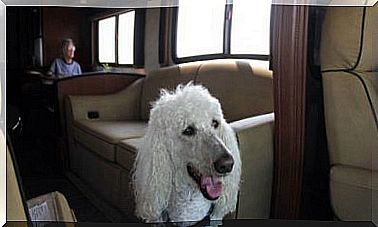Tips For Raising Domestic Turkeys
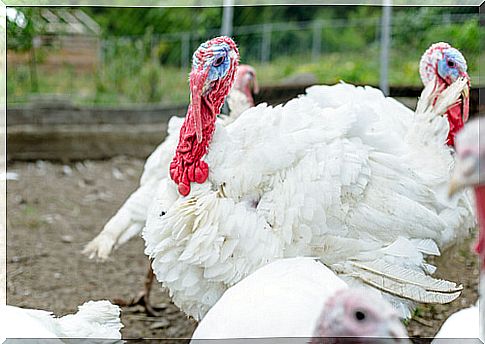
Many are the people who raise turkeys for personal consumption or to sell them as food. Especially in some countries, turkey is a typical Christmas food, so it leaves a lot of profit in the sale during these dates.
However, the nutritional properties that turkey meat possesses compared to those of other animals meant that in recent years it began to be incorporated into daily diets as well.
In addition to having a more complete meat than that of other animals, turkey breast is low in sodium, has fewer calories and fat and contains more protein, calcium and vitamins than chicken breast. Also compared to other red meats, turkey is one of the lowest in cholesterol.
The quality of the product that is extracted from it will vary according to the food that has been used during its upbringing. A good breeding of the domestic turkey is what will guarantee a healthy nutrition for human consumption; even a successful business.
Breeding the domestic turkey
Although it is a bird, it is not capable of flight due to its wings being twice its size. It can measure up to a meter in height and its weight can vary from 4 to 20 kilos.

During the first months of life, turkey babies spend their days under the shelter of their mother’s wings. In a natural environment, the young of the domestic turkey contemplates from its birth that it eats by itself.
Their daily menu includes insects, grains, leaves, and stones; fruits, acorns and other wild species. They also feed on worms, snails, insect larvae, seeds, wheat bran, vegetables and cereals.
How to raise numerous turkeys
In case of having hatcheries with a large number of turkeys, other forms of breeding are generally used than those mentioned.
Some of the most well-known rearing techniques in large hatcheries include keeping the turkey in an incubator with its bottom covered with paper, on which its food must be placed from the first days of birth.
Inside this room there must be 120 or 250 watt lamps located above them, which guarantee that the ambient temperature is around 34ºC in the first weeks.
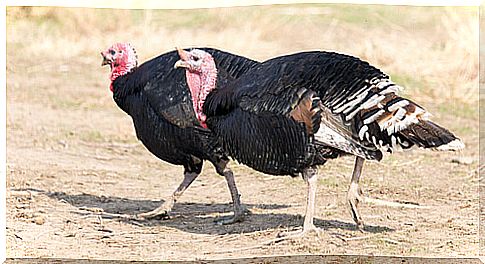
After this time, a turkey feeder can be incorporated into your diet. Both the food container and the water container must contain enough food to guarantee its placement every 25 birds. It is important that they are away from the heat of the lamps, but at the same time ensure that the food is within reach of the turkeys.
For the first weeks of rearing the domestic turkey it is recommended that its diet contains 30% protein in each serving, and corn and oats be added around 14 weeks. At 80 days after its birth, you can add potatoes and cereals, as well as leave it free to consume grass.
It is not advisable to raise the bird with commercial food, as this reduces the quality of its meat. They should also be prevented from growing excessively, as their abnormal size reveals their breeding under artificial food. Consumers know that the more natural the turkey food is, the better its meat will be.
Turkey preservation
The female is capable of reproducing from the age of three, and she will be able to do so only in spring ; During this time it will lay between eight and fifteen eggs, which it will incubate for 28 days.
To preserve the well-being of the turkey and guarantee quality meat, it is necessary to take into account some care ; for example, isolating sick birds to reduce the risk of contagion and disease transmission.
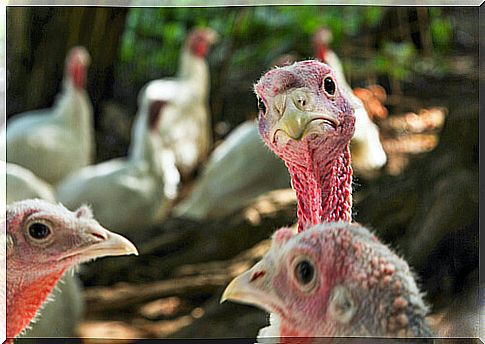
Another important point is the preventive measures that aim to reduce the level of cannibalism. On the one hand, the turkey should be given enough space so that it can get away from others like itself, go out to graze, as well as get away from light and heat.
Once it has grown enough, but still young, it is recommended to cut the tip of its beak to avoid the possibility of pecking each other, which may result in the death of any of the males in the group.
